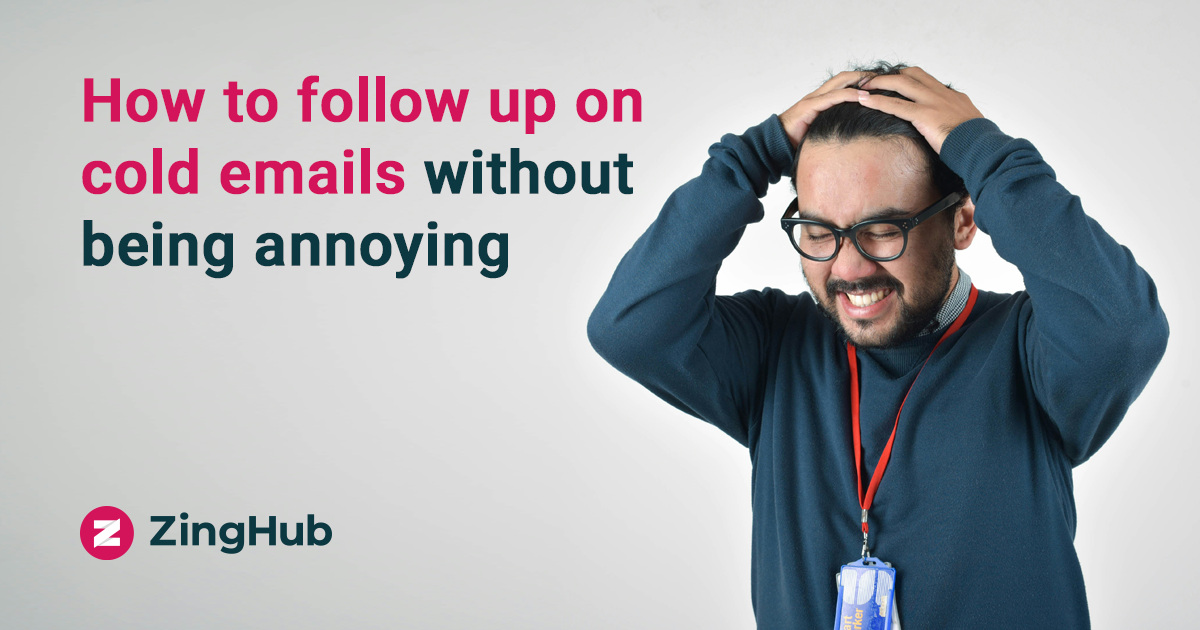
Key Highlights:
Most successful sales and partnerships happen after multiple interactions, not just one. Your first cold email might land at the wrong time, or simply get overlooked. Following up isn't about nagging; it is about providing more opportunities for your message to be seen and for new value to be discovered. It demonstrates your commitment and professionalism, increasing your chances of getting a response.
The key to effective follow-up is to be persistent without being bothersome. This means adding value with each touchpoint and never making the recipient feel pressured.
Timing Matters Greatly
The interval between your follow-ups is important. Do not send messages too frequently. A common approach suggests waiting 2-3 days after the first email, then 4-5 days for the next, and so on. Adjust these times based on your audience and industry.
Vary Your Value and Approach
Each follow-up should offer something new or a different angle. Do not just re-send the same email or ask "Did you see my last message?" Instead, consider providing a new piece of content, a relevant industry insight, or a slightly different value proposition.
Keep It Short and Focused
Respect the recipient's time. Each follow-up message should be concise, ideally just a few sentences. Get straight to the point and make it easy for them to read quickly.
Personalize, Always
Just like your initial cold email, every follow-up must be personalized. Reference previous interactions, their company's news, or their recent activity. This shows you are paying attention and that your message is relevant to them.
Clear, Low-Commitment Call to Action
Make it easy for them to respond or take the next step. Ask a simple question or suggest a brief, no-pressure next action, like "Would you be open to a quick 10-minute chat?" or "Would you like me to send you that resource?"
Developing a clear process for your follow-ups ensures consistency and effectiveness in your cold email outreach.
Develop a Sequence: Plan out your follow-up emails in advance. A typical sequence might involve 3-5 messages, each with a distinct purpose and value. Consider different message types for each step in the sequence.
Track Interactions: Keep a record of every email sent and every interaction. Knowing when a recipient opened an email or clicked a link helps you tailor subsequent messages and determine when to stop.
Automate Smartly: Use a reliable email marketing or sales engagement platform to automate your follow-up sequences. This ensures messages are sent at the right time and are personalized at scale. Remember to review and refine automated content regularly.
Most sales and marketing technology research repeatedly indicates the impact of personalization on the success of cold emails. Studies show that sending even a single follow-up email can increase reply chances by 21%. Furthermore, personalized follow-ups significantly outperform generic ones in terms of engagement metrics. The consensus among sales professionals and marketing experts is that persistence through strategic, value-driven follow-up sequences is a key factor in converting initial cold outreach into meaningful conversations and successful outcomes.
Knowing how to follow up on cold email outreach effectively is a powerful skill. By embracing thoughtful timing, offering new value with each message, maintaining personalization, and planning a clear sequence, you can transform initial silence into active engagement. Following these practices ensures your follow-ups are a helpful nudge, not an annoying burden, ultimately leading to more conversions and stronger connections in your cold email efforts.
AI-Powered Outreach that Starts Real Conversations. ZingHub.